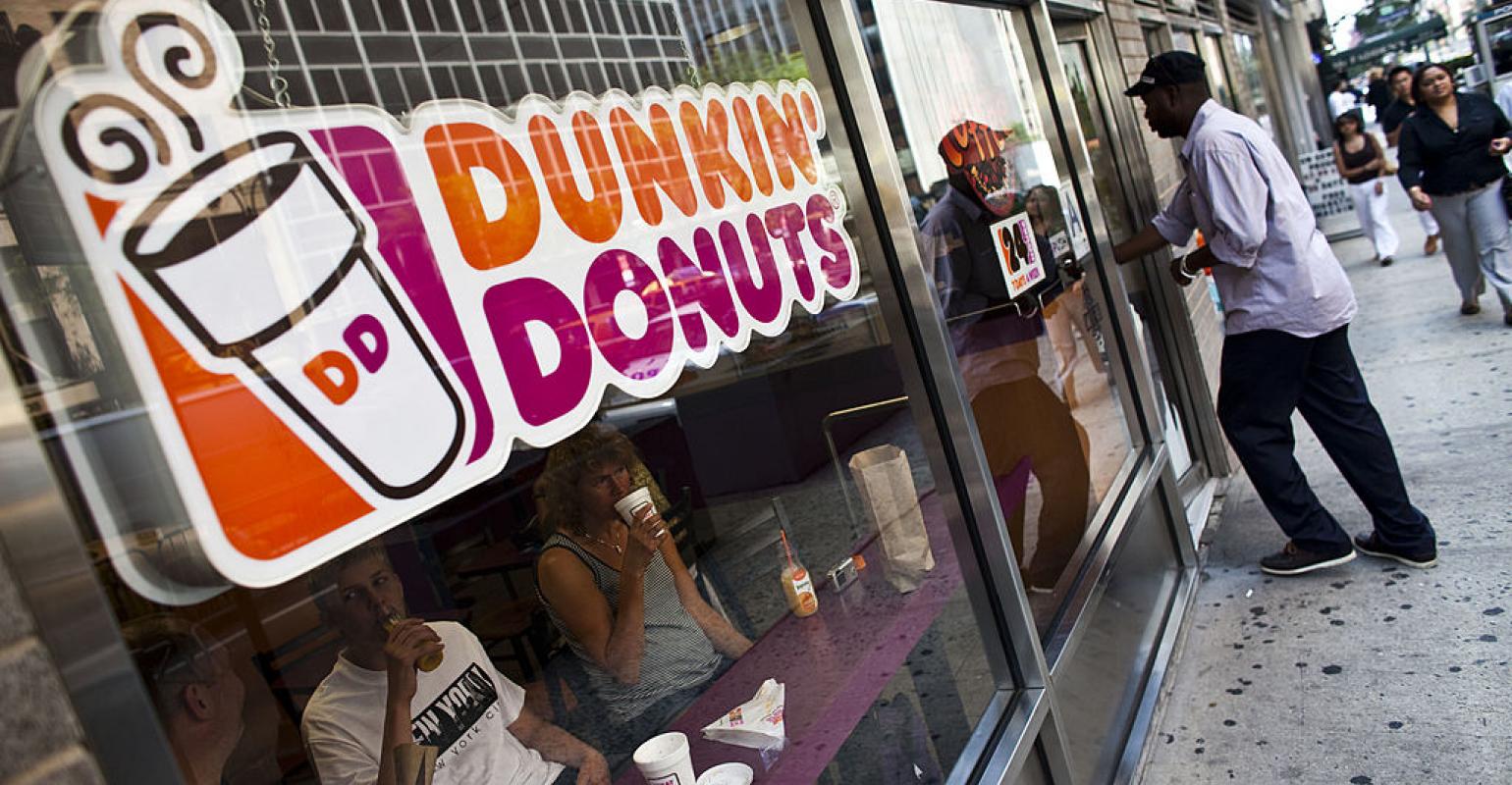Restaurant Boom Feeds 1031 Investment Pipeline
“People are shifting to e-commerce-resistant retail, and restaurants are at the top of the list of what people are looking for,” says Randy Blankstein, president of the Boulder Group, a net lease advisory firm.
June 14, 2017 | by Beth Mattson-Teig | National Real Estate Investor

Investors using 1031 exchanges continue to have a voracious appetite for triple net lease properties, and they are increasingly setting their sights on restaurants.
“People are shifting to e-commerce-resistant retail, and restaurants are at the top of the list of what people are looking for,” says Randy Blankstein, president of the Boulder Group, a net lease advisory firm. “So it has gone from a category that five years ago was considered specialty to very much a mainstream category that is getting a lot of interest from a lot of new players.”
Casual dining restaurants are trading at a slight premium compared to the retail sector as a whole, at 6.0 percent compared to 6.19 percent. That gap was even more pronounced a year ago, when casual dining restaurants were averaging cap rates of 5.75 percent, according to a June 2017 casual dining report released by The Boulder Group. However, a larger percentage of higher cap franchise-owned deals that have traded have pushed cap rates higher amid strong buyer demand.











